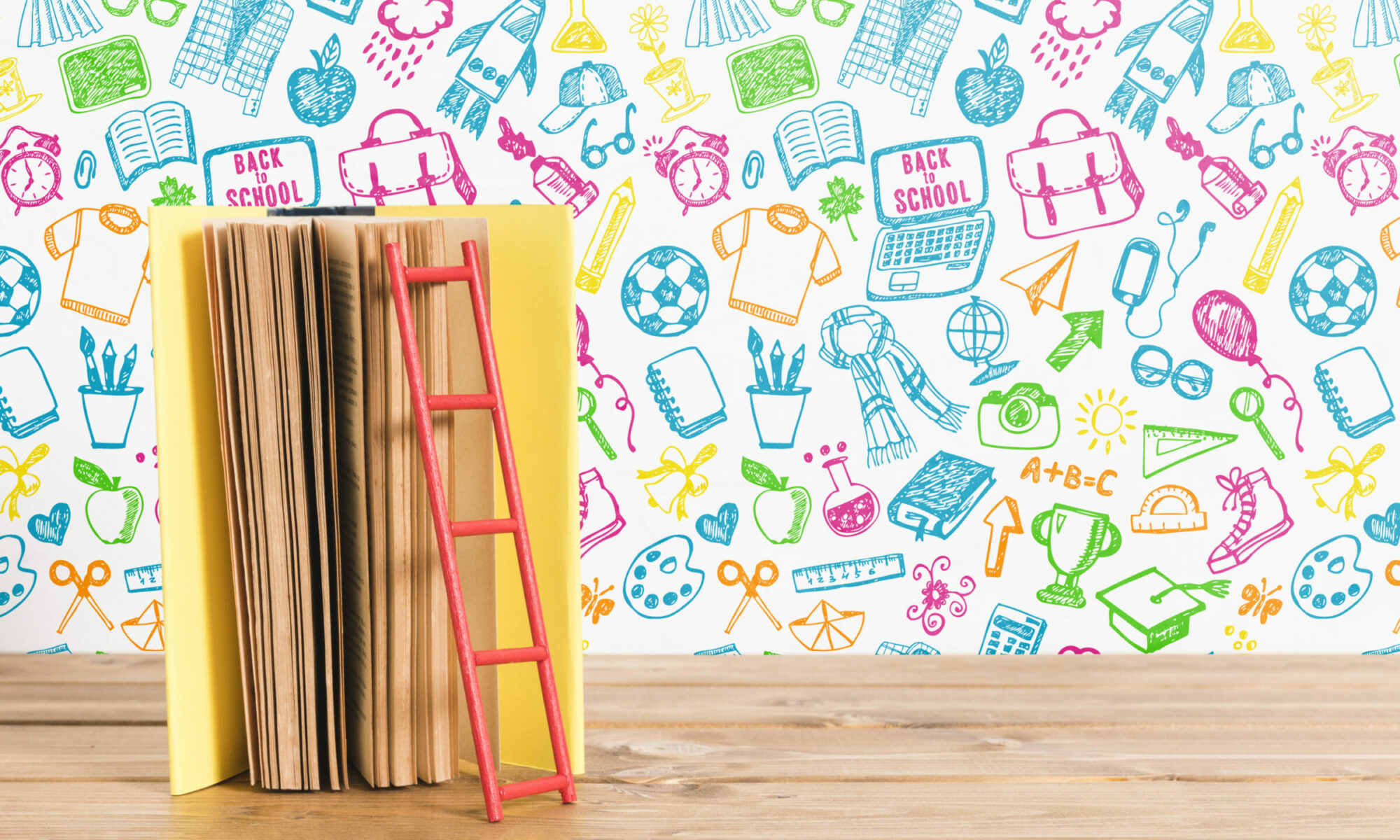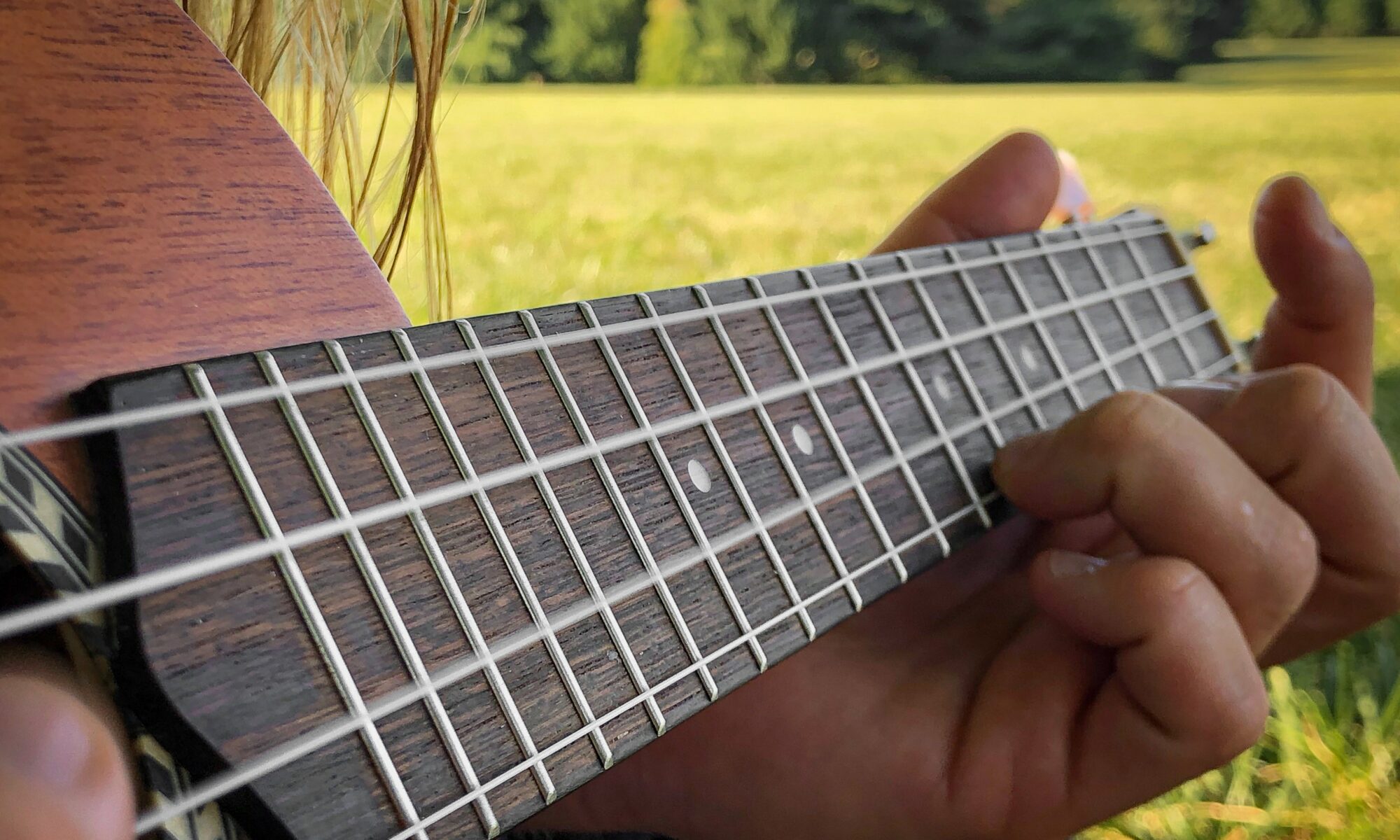This lesson plan is designed for grade 3 students.
Grade 5 Volleyball Mini-Unit Plan
This is a unit plan that I designed with two peers. It contains 4 lessons, 4 assessment tools, 2 Universal Design for Learning Inclusive Episodes, and 1 systematic task analysis. The lessons cover passing, setting and bumping, underhand serving, and spiking.
Week Eleven: Coding
In this week’s class, we learned about coding. The idea of coding is very new to me so I was excited to learn about it. I know that coding is becoming more and more prevalent to the BC curriculum and consequently, I have seen a bit of it already in schools. In high school, my science classroom had a set of sphero’s. At the time I just thought that they were fun little robots to race around the hallways of the school. I just now learned that they are classified as coding. It is so amazing that you can use these in schools with just an iPad.

In my field experience at Lochside, I was introduced to Scratch. It was used as a rewards system for two boys with behaviour differences. At the end of each day when the rest of the class would go to PE, they would stay back and head to the computer room. One time I was able to supervise them and it was so inspiring to see their engagement with the site. They had so much fun coding their own little creations and were so proud to present them to me.
Overall, I think coding is something that I really want to learn more about so I can implement it in my future classroom. I think it benefits children a lot when it comes to problem-solving skills, creativity, collaboration, and overall technology literacy. I also think it directly applies to the idea of inquiry-based learning because it encourages independent learning.
Music Progress Update #4
After receiving feedback on my midterm progress, I have improved in a few ways. First of all, I started using a new tuning website. The one I was using before used my laptop’s microphone to listen to each chord. The feedback I received encouraged me to tune my ukulele each time before I used it which I was doing, but it must not have been correct. Now, I am using a website where I choose a chord and it plays what that chord should sound like. This new way of tuning is more similar to how I would tune my instrument in band class. We would all play the same note while our teacher played it on the piano and we had to tune accordingly. This way definitely takes more advanced listening skills. Here is a link to the website I will use to tune my instrument from now on: https://ukutuner.com/.
The rest of the feedback for my midterm progress also suggested that I slow down my playing in order to make smoother transitions between chords. I have taken this into consideration while playing Row, Row, Row Your Boat and Hush Little Baby. I think that I was really focused on making the song actually sound cohesive rather than working more on the notes and pitches. Slowing down has also helped me play eighth notes and actually play the notes properly rather than just playing how I think the songs should sound. I hope that taking the feedback into consideration will help my overall skills for the final.
Free Inquiry Update: Some Inquiry Teachers and Materials
This week I took a break from reading the Inquiry Mindset book. Instead, I researched different teacher’s Instagram accounts that follow the inquiry-based model of teaching. The first thing I noticed was that there are many more elementary teacher accounts than high school. I think this is because once students get to high school, most of the exploration is more individual and on the computers.
Here is a list of accounts that stood out to me:
- https://www.instagram.com/playful.inquiry.teacher/
- https://www.instagram.com/joysofkinder/
- https://www.instagram.com/inquiryteacher/
The three teachers above teach in either kindergarten or grade one classrooms. One commonality between the accounts is that they all seem to use mostly wooden materials like this: https://www.instagram.com/islandpegdolls/?hl=en Additionally, I saw that most classroom’s materials were very organic. I decided to do some more research into why that is…
Here is an explanation of the characteristics your materials in an inquiry-based classroom should have:
Relationship between materials and environment in children’s learning
I highly recommend that you follow the instagram accounts that I linked above. They are all so inspiring and give so much insight into what and inquiry classroom looks like.
Story Drama Lesson Plan: The Magic Beads
I created this lesson plan with two colleagues for EDCI 305A: Drama: A Medium for Learning. It is based on the book written by Susin Neilsen-Ferlund The Magic Beads. The lesson explores anxiety and mental health in children through a collection of activities such as miming, tableaus, writing in role, and much more. This plan with grade 3/4 curricular outcomes in mind.
Week Ten Reflection: Distributed Learning
This week in EDCI 336, we learned about distributed learning. Distributed learning means that students and instructors can be in different non-centralized places but still engage in the same instructional material. Like many this past year, I have transitioned to full online model of learning. During class, we headed into breakout rooms to discuss what we think are the positive and negative aspects of online learning. Personally, one pro for me is that I have much more time on my hands to get assignments done. But, at the same time, this can be a con because I find it difficult to decipher how much time to spend on school and how much time to take to myself.
Some strategies that I have taken to help me through online learning are:
- Making a checklist of things I want to get done everyday and stopping ice I have finished
- Planning out my day so that I have time to do a workout or go for a walk
- Eat meals without any technology in front of me and use it as a break
Week 8 Reflection
This week we had the pleasure of meeting Tracy Humphreys. Tracy is both the founder and chair of an organization called BCEd Access Society. This society is run completely by volunteers, most of which are parents. They work to support children and youth with disabilities and diverse learning needs to reach their fullest potential in both school and life.
Tracy Humphreys, Founder and Chair

Tracy is a mom to three children with disabilities and she herself has ADHD and other invisible disabilities. She has been an active volunteer in BC schools for over 20 years, as a board member on her local PACs, the District PAC in Victoria (VCPAC), and as a BCCPAC representative for VCPAC. She also served as Board Vice President of Elizabeth Buckley School for 3 years. She is currently a consultant CEO for beauty companies, a partner in CareQuadrant, and winner of the 2019 Victoria Community Leadership Award in Lifelong Learning for her work with BCEdAccess as a full time volunteer advocate for families of children with disabilities in British Columbia schools since 2014.
I really appreciated Tracy’s presentation style. Although she was a tad nervous, I think she was still extremely engaging! She shared information with us from the point of view of both a parent and a professional. She was really open with both her own educational journey and her children’s. She explained that when your child is first diagnosed with a disability, you are convinced to trust the public school system to make the best decisions for your child’s success. But, the system was not nearly supportive enough of her child. She had to pull him from a public school and instead enrolled him in the Pacific School of Innovation and Inquiry, where he is now flourishing. With that being said, she urges that you must push back and fight for what you think is right for your child.
Before class, we watched an inspiring video of a boy named Damon Kirsebom. Damon is a non-reliable speaker who with the help of text to voice electronics, is able to communicate with other. It was so cool to see how technology has helped Damon in such a drastic way. I think it helps us realize that although technology has in many ways hurt society, there is still so much good in it.
Academics
ASL 100A: American Sign Language I
ASTR 102: Exploring the Cosmos
CSC 100: Elementary Computing
EDCI 250: Elementary Field Experience Seminar I
EDCI 302: Literacy and Language
EDCI 303: Historical and Philosophical Foundations of Canadian Education
EDCI 305A: Drama Education: A Medium for Learning I
ENGL 135: Academic Reading and Writing
ENGL 146: Contemporary Literature
EPHE 141: Human Anatomy
EPHE 310: Physical Education: General Classroom Teaching I
HSTR 230A: Canada to Confederation
HSTR 230B: Canada: Confederation to Present
MATH 161: Math for Elementary School Teachers I
MATH 162: Math for Elementary School Teachers II
Welcome to my ePortfolio!
My name is Lauryn Young and I was raised on the Sunshine Coast, BC. I am currently in my 2nd year of the Elementary Bachelor of Education program at the University of Victoria. Currently, I am completing various teacher education courses such as drama, literacy, and physical and health education. I am a very outdoorsy person, so any activities or lessons that can be taught outside of the classroom are my favourite. Inside the classroom, I enjoy art and physical and health education. I am very interested in learning difficulties and am using this as a focus for most class assignments. I believe that learning more about students with learning difficulties will help me create an inclusive classroom in my future career. During my practicum with you, I hope to gain more knowledge about learning difficulties and how creating an inclusive classroom benefits these struggling children.
In the fall, I was placed at an elementary school in SD63 for my field experience. I was in a grade three class and really connected with my students. During my time there, I learned how adaptive teachers need to be. Because of the covid shutdown of schools in March, so many children in my class were at different learning stages, and some shouldn’t have even been in the grade they were placed in. But, my mentor teacher completely adapted to the needs of each child and did a phenomenal job at accommodating them. In my high school years, I devoted much of my time to volunteering with my local girl guide group and elementary school. Through volunteering with the girl guides, I learned how important it is for girls to have an older role model to follow. I also saw the importance of the safe space that this group created for girls with unstable homes. This experience opened my eyes to schools also being this supportive environment and made me want to be a part of it for as many children as possible. I believe that it is so important to always keep this thought in mind throughout a teaching career.
With that being said, my philosophy on teaching is that all children are unique and it is my job to create an environment that supports every students’ individual needs. I feel this should be an environment where students feel comfortable to take risks, share their opinions, and grow from this.

